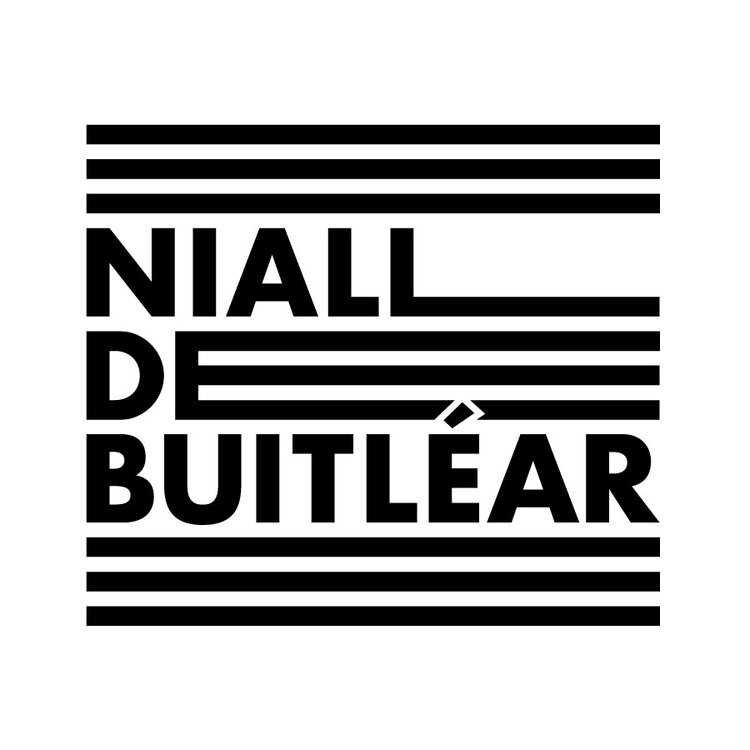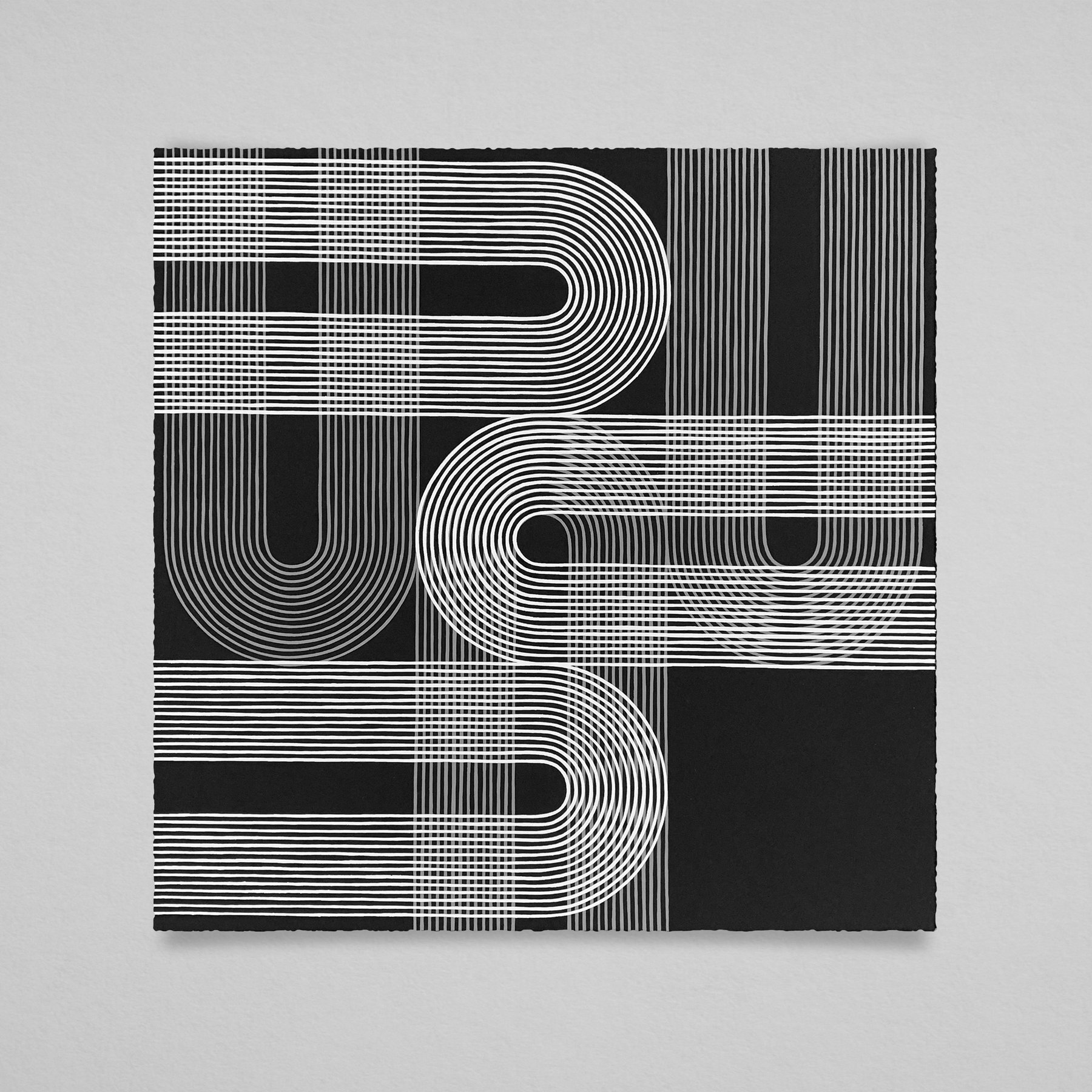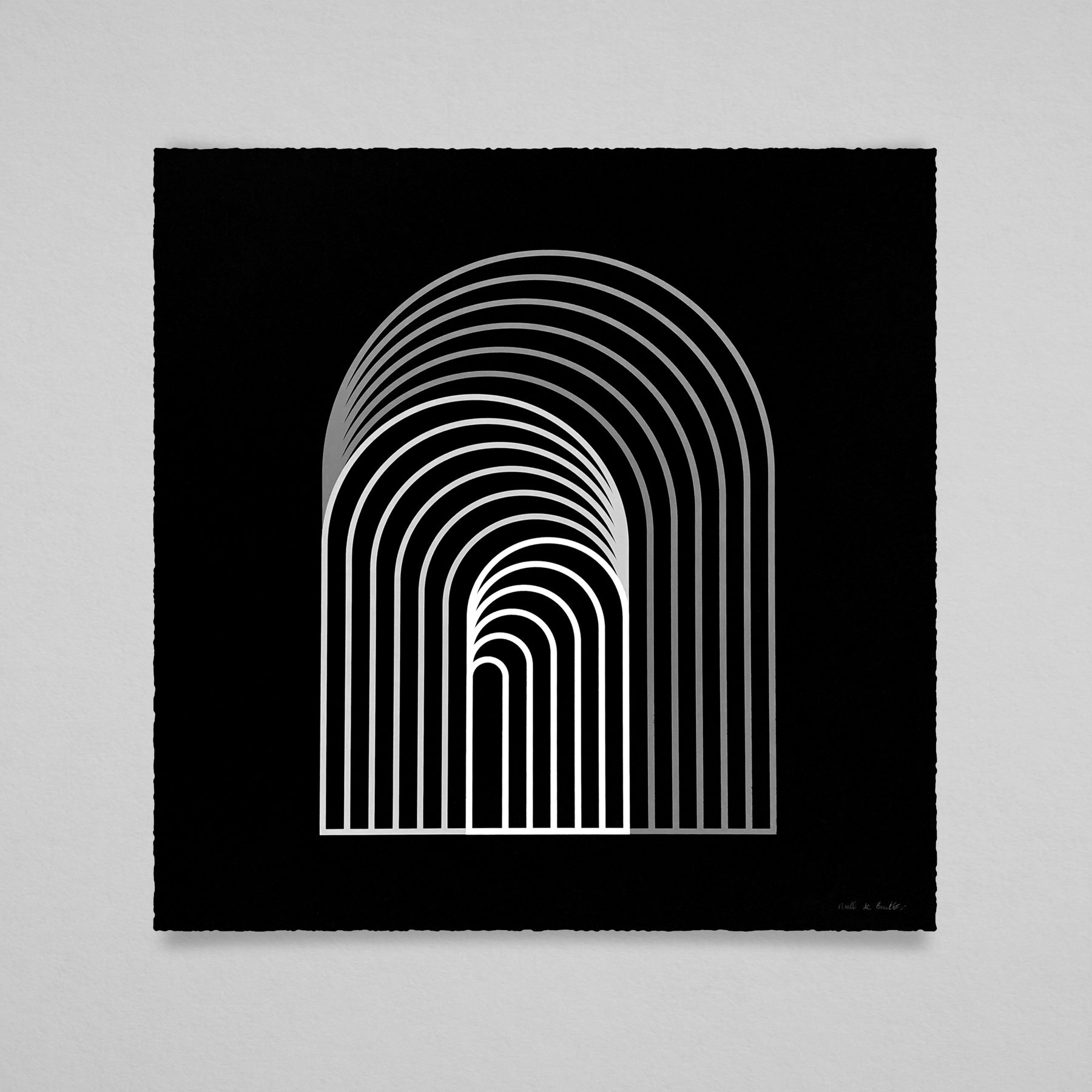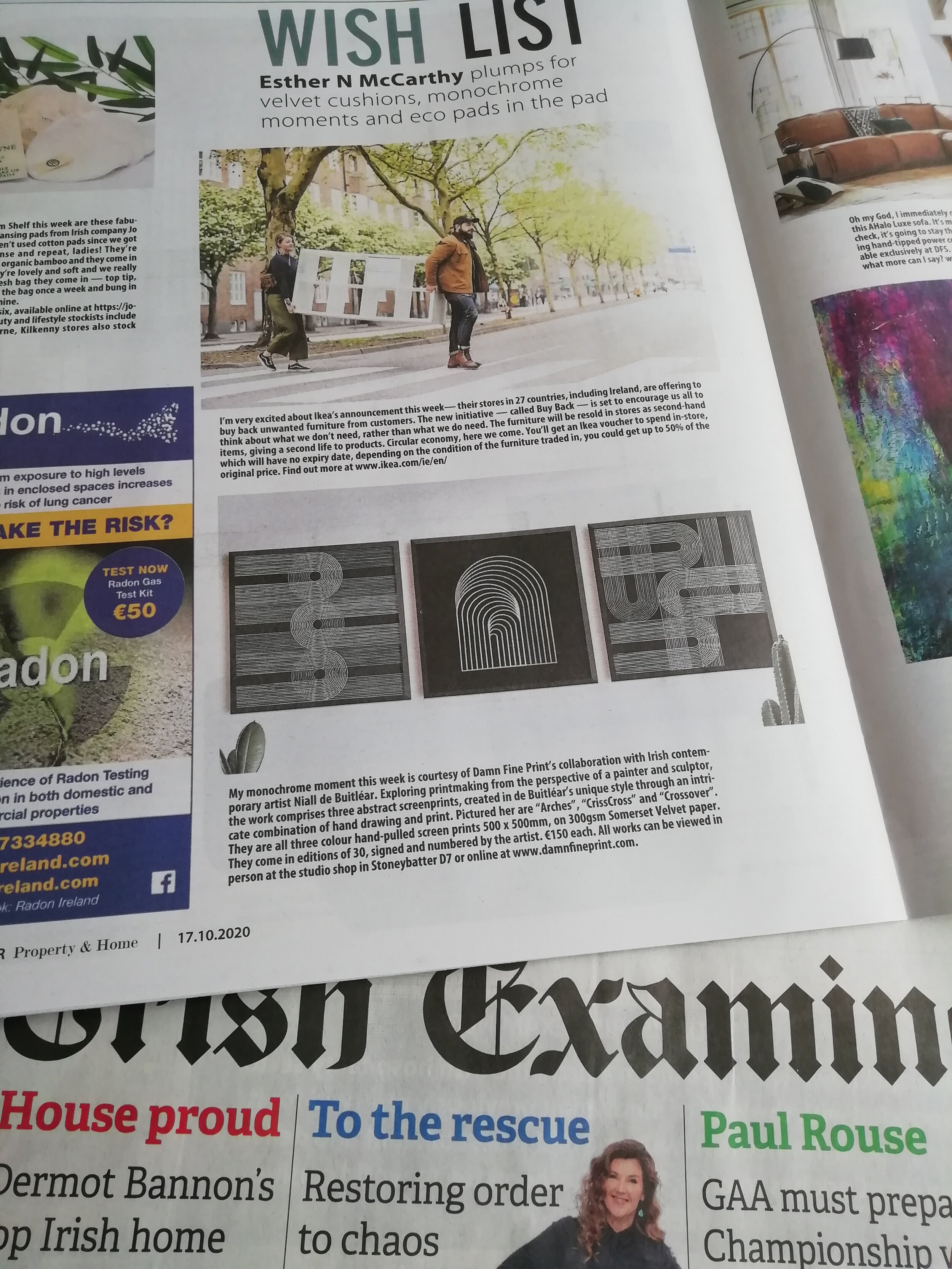A mock up of proposed projection installation.
The project is based around pairs of words with opposite meanings such as "life" and "death". A thesaurus was used to build a chain of words where each word is a synonym for the previous word. A slight shift of meaning occurs each time until eventually the original meaning is completely reversed i.e. "life" becomes "death". The process is continued until the original word is reached again and a loop is formed.
The original project was titled "Thesaurus Generated Word Loops" and was originally an artist's book. A selection of the loops were featured as a project in Circa Magazine in 2006. I have revisited this project recently with a view to redevelop it as an projection piece.
This has involved nesting the original loops inside each other to form a single animated graphic. The individual loops rotate so that each word moves at the same speed. However, as the circles have different diameters this necessitates a different RPM for each of the loops. The result of this is that the relative positions of the words shift as the loops rotate. The artwork is to be projected onto the floor of gallery space with a minimum diameter of 5meters. This will enable the viewer to stand in the empty space at the centre of the work.






















